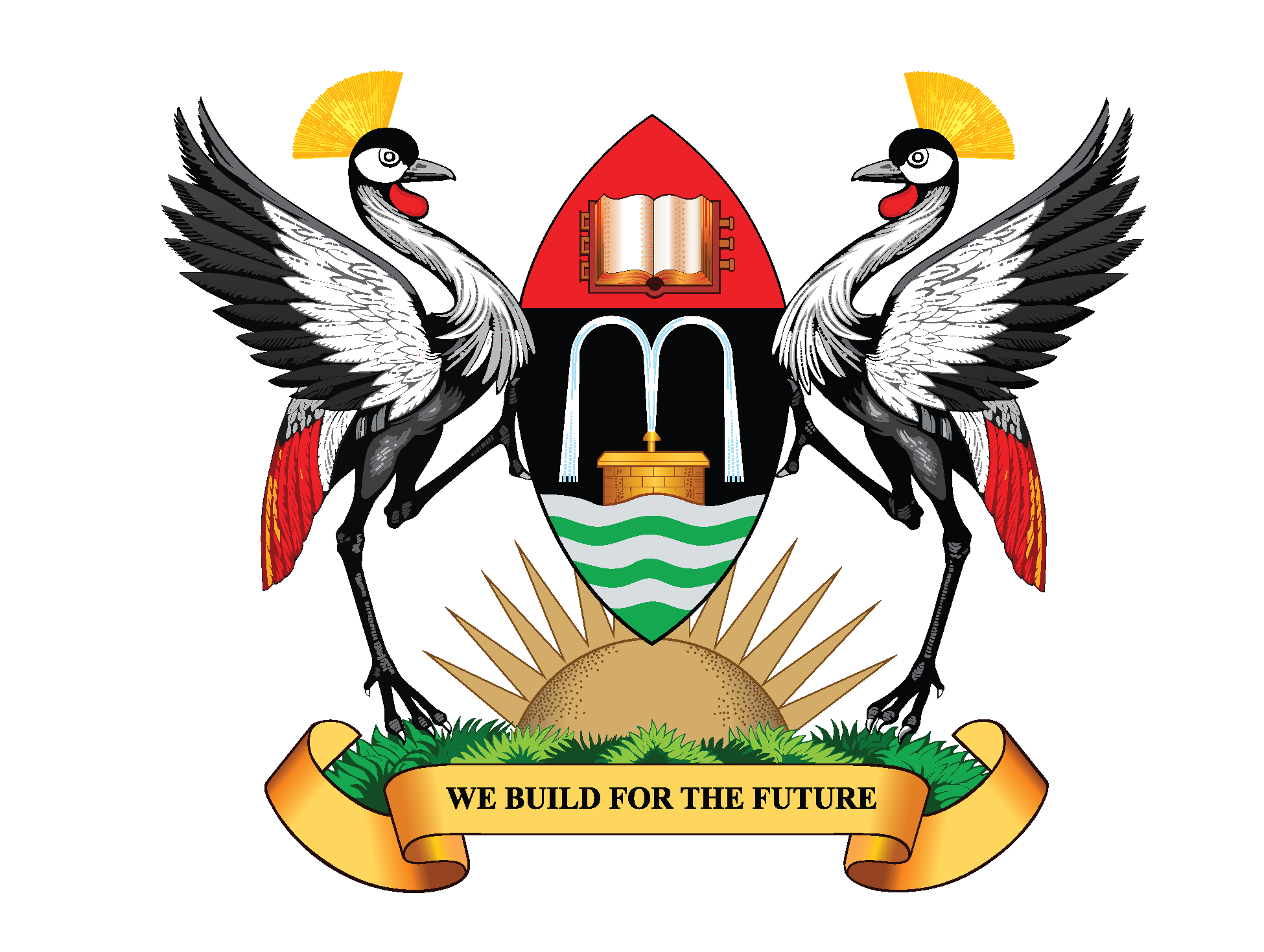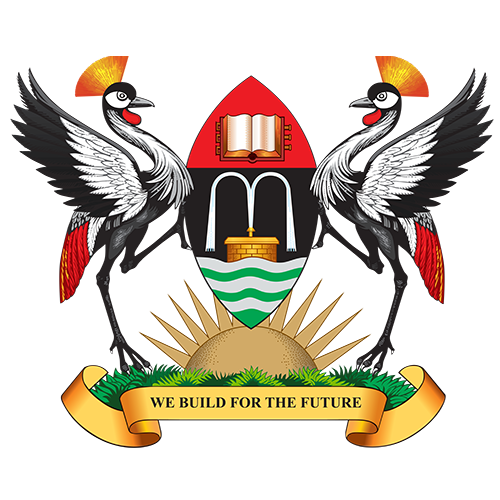Introduction
Information and communication technologies (ICTs) have opened up new opportunities for health care provision in Africa. Health Informatics is an interdisciplinary field that demands for knowledgeable and experienced health care personnel in the field of health, social sciences and informatics. In Uganda most of the personnel have been traditionally trained in the health discipline or informatics separately. This course is intended for professionals with any background, who are practicing or intend to practice in the health field and are interested in learning about how ICTs can be used to deliver better health care.
The short course on Health Informatics will explore the role of informatics in managing health care systems, with an emphasis on current issues and future innovations and trends. Through specific research-driven examples and case-studies in practice, the course will provide the attendees with the skills and concepts in order to address the core issues in delivering and managing health care systems for the information use.
Each course unit will examine a core issue in detail at every stage in context of health care in resource constrained environment, such as rural hospitals in Africa. Special interest will be considered for the people, technology, processes that these systems support in order to realize simple and innovative solutions to health care problems. It is anticipated that each of the issues above will have a greater emphasis at certain stages of the course, and this will be reflected in the health-problem orientated case-studies to be used.
AIM
The overall aim of this training will be to equip health professionals with knowledge on how to manage the implementation and utilization of health informatics within health care setting for improved service delivery.
Specific Objectives
- Identify how health information technology (HIT) can be implemented and used to create positive change through understanding the current health care landscape in Uganda.
- Gain up-to-date knowledge of electronic medical records (EMRs) and their requirements for use at health centers, integration and interoperability, while familiarizing with environmental constraints and other governmental regulations
- Learn how to manage and implement change in health care systems to provide and utilize information at all levels for better decision making.
- Become familiar with the trend of mobile health technology and its application in telemedicine and wearable
- Understand key topics in health information management, including security, privacy, and confidentiality of patient data, as well as mandatory policies regarding data handling and reporting
Potential students
The target student for this multidisciplinary program is one who has appropriate competencies, knowledge and experience, has the demonstrable interest to innovate technology solutions to improve health care delivery. We desire to have students from diverse background this would enable effective collaboration as well as building effective teams. Participants working with health care setting with diverse academic backgrounds may apply. Related disciplines may include but not limited to: nurses, doctors, paramedical personnel, hospital administrators, social-scientists, statisticians, data managers, pharmacists and graduate in medical science.
Duration
The course has been proposed to run for a period not exceeding four (4) weeks half- day (9:00 -1:00).
Mode of Delivery:
- Practical and Case studies
- Site visits
Assessment
- Assessment at the end of every module
2.0 Module description
Module 1: Health Information Technology
The health care field is becoming increasingly complex. Patients, providers, and insurance companies all rely on technology to access health records and other important data. Trained health information specialists, data managers, and other skilled professionals help to keep this sensitive information accurate and secure.
The Health IT course combines elements of business, computers, health sciences and health IT. Students learn skills in areas such as coding, billing, electronic health records (EHRs), registries, data analysis and reporting, quality improvement, legal compliance and other technical processes.
Technologies
- Web-based systems (Web services, Cloud-based systems)
- Mobile-based systems (Android, iOS, USSD, SMS, Play store)
- PC-based systems (Windows)
- Limitations and opportunities of mobile technologies
Networks
- Mobile networks and technologies
- Local Area Networks (LANs)
- WIFI and Blue tooth
- Mobile Internet (GPRS, 3G, 4G,Mbs)
- Shared resources (Servers, printers, etc)
Module 2: Adoption and Diffusion of Health care IT
Developing or purchasing an Information system can be a daunting task. Unlike tangible products like shirts that can be bought off the shops, an Information System is Intangible, thus requiring procuring agencies to come up with an appropriate adoption strategy. This strategy is hinged to understanding the process of developing or acquiring an Information system.
The purpose of this course is to enable managers of Health Information Systems to understand the process of developing an information system and define the role they would play as clients.
Project initiation
- Making a decision for HIS
- What to include in Terms of reference
- Vendor identification and resource mobilization
Preparatory Phase
- Feasibility studies
- Making a business case
- Make or buy decision
- Open source Vs proprietary
Requirements Phase
- Developing a project plan
- Data collection
- Data analysis and interpretation
- Software requirements specifications
Design and Development
- Agile Development
- Technology choices
- Inter-operability
- WhatsApp, skype
Deployment and changeover
- System Migration
- Changeover approaches
- Processes Re-engineering
- System Maintenance
Module 3: Clinical decision support systems
This course provides an introduction to clinical decision support systems in health information technology. The use of these systems by health care personnel needs to be clearly understood and contextualized in order to derive appropriate meaning from the information provided.
Content
- Definition, Scope and History of CDS
- CDS System Adoption and Implementation
- Knowledge Management for CDS
- Public & Personal Health Decision Support
- Legal, Regulatory, and Financial Issues
Reference:
Greenes, R.A. (Ed.) Clinical Decision Support: The Road to Broad Adoption. 2014. Waltham, MA: Academic Press. ISBN: 978-0-12-398476-0
Module 4: Electronic Health Records
- Overview of Electronic Health Records
- Case study OpenMRS
Module 5: Health care I.T industry & policies from a global perspective
Issues currently being faced in Health care I.T and policies governing health care on a global perspective
Learning areas
- Historical developments that have shaped global health care systems
- Differences in the health care professionals that help to meet the goals and objectives in respect to the health care I.T industry
- Factors affecting dissemination, regulation and utilization of technology in health care delivery
- Impact of technology on quality of care, quality of life, health care costs, access to care and structure of health service delivery.
- Outcomes of the health care system in terms of cost, access, quality, and the policy issues surrounding these outcomes.
Ethics of Electronic Health Records
- How the ethical principles of autonomy, justice, beneficence/non-maleficence, and privacy and confidentiality apply to a large, integrated system of EHRs
Module 6: Telemedicine
This course will introduce students to telemedicine and eHealth and their application in delivery of health care services.
Course objective
For students to understand the telemedicine as a concept and as a tool to enhance access and quality of health care services.
Learning outcome
On completion of this course unit, the students should be able to:
- What is Telemedicine and eHealth
- Understand the need and utility of telemedicine and eHealth and their applications
- Distinguish the different forms of telemedicine.
- Explain the challenges with telemedicine especially.
Content
- Health Issues: The MDGs and SDGs,; description of the current health care system
- What is Telemedicine?
- Classification and constituents of telemedicine;
- Telemedicine networks
- State-of-the-art Telemedicine applications; Challenges and issues
Module 7: Ethics, security, confidentiality and privacy of health records
Session 1: Objectives of the course of Ethics, security, confidentiality and privacy of health records short course
Overview of course for Ethics, security, confidentiality and privacy of health records
- Overview of Ethical issues of medical health records
- Overview of security issues of medical health records
- Overview of confidentiality and privacy issues of medical health records
Session 2: Introduction and Historical perspectives in Research Ethics
- Overview of historical perspectives in Medical records ethics
- Overview of basic principles in Ethics, security, confidentiality and privacy of health records
- Regulations in ethical issues of medical health records
- Risks and benefits
Session 3: Health systems and Medical Health Records
- Overview of the health service delivery system in Uganda
- Overview of medical health records within the Ugandan Health service delivery system
- Overview of importance of medical health records in health service delivery
Session 4: Case study:
- Identify and discuss a case study or article on ethical issues in health records
- Identify and discuss a case study or article on security, confidentiality and privacy issues in health records
- Discuss challenges in implementing medical health records
Session 5: Research methods in ethics, security, confidentiality and privacy of health records;
- Over view of Research methods
- Over view of proposal writing
- Overview of background and literature review, problem statement, research questions and objectives
Session 6: Groups make presentations of outputs from the case studies and articles
Session 7: Final short MCQ Test
Module 8: Health care Data collection and management
Collecting Health Care Data
- Basic Concepts
- Key Data Categories
- Mobile data collection systems (Open Data Kit Software)
- Web-based data collection system
- Organization of Data Elements in a Health Record
- Data Quality
- Geo-coded data
Storage
- Comparison between Paper and electronic records
- Database management systems
- Databases and data organization
- Master Patient Index 3. Filing 4. Alternative Storage Methods 5. Chart Locator Systems 6. Security of Health Information
Analysis
- Longitudinal Vs vertical data collection
- Data Retrieval
- Reporting of Data
- Analysis of Patient Information
- Routine Institutional Statistics HMIS
Reference
- Latifi, Rifat. Current principles and practices of telemedicine and e-health. No. 131. Ios Press, 2008.
- Wootton R. Telehealth in the developing world. IDRC; 2009 Feb 24.
- Sanjay P Sood, Victor Mbarika, Shakhina Jugoo, Reena Dookhy, Charles R. Doarn, NupurnPrakash, Ronald C. Merrell. What Is Telemedicine? A Collection of 104 Peer-Reviewed Perspectives and Theoretical Underpinnings. Telemedicine and e-Health. 2007, 13(5): 573-590.
- Sanjay P Sood, Solomon Negash, Victor W Mbarika, Mengitsu Kifle, Nupur Prakash. “Differences in public and private sector adoption of telemedicine: Indian case study for sectoral adoption”, Studies in Health Technologies & Informatics, 2007;130:257-68.
- Sood, S.P. (April 2006). Telesurgery. Encyclopedia of Biomedical Engineering, Editor: Akay, M.,Publishers John Wiley and Sons (New York, USA). ISBN: 0-471-24967-X
- Meso, P., Mbarika, V.W.A. and Sood, S.P. (2008) An Overview of Potential Factors for Effective Telemedicine Transfer to Sub-Saharan Africa. IEEE Transactions on IT in Biomedicine, (Pre-print publication at IEEE Xplore, DOI: 10.1109/TITB.2007.899807)

